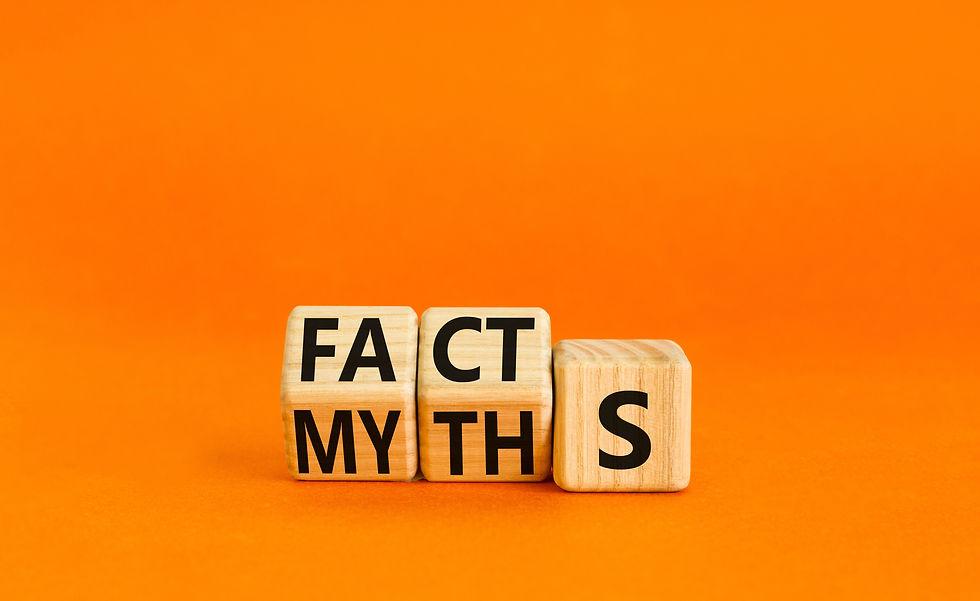If You’re Not Sore, Did It Even Count?
- Darren Bezzina

- Jul 10
- 1 min read

Why soreness isn’t the sign of a good workout (and what actually is).
It’s one of the most common beliefs in fitness:“If I’m not sore the next day, it didn’t work.”
But here’s the truth: soreness ≠ effectiveness.
What Is Soreness, Really?
That achy feeling you get after a tough workout is called DOMS (Delayed Onset Muscle Soreness). It’s caused by tiny tears in your muscle fibres—usually when you try something new or increase intensity.
It’s normal, especially if you’re starting out or changing your routine. But it’s not a reliable marker of progress.
Can You Make Progress Without Soreness?
Absolutely.
If your training is:
Challenging your body
Helping you move better
Getting gradually harder over time (progressive overload)
And you’re recovering well...
Then you’re doing it right—even if you’re not limping the next day.
Some of the fittest, strongest people barely get sore anymore. Why? Because their bodies are adapted to training. That’s actually a good thing!
The Danger of Chasing Soreness
If you train just to feel sore, you might:
Push too hard and risk injury
Ignore recovery and stall progress
Confuse pain for progress
Remember: We’re training for results, not revenge.
So if you’re not sore after your workout…You didn’t fail.You’re just becoming more resilient.
Bottom Line:
Soreness can happen. But it’s not the goal. The goal is to move, get stronger, and show up again tomorrow.






Comments